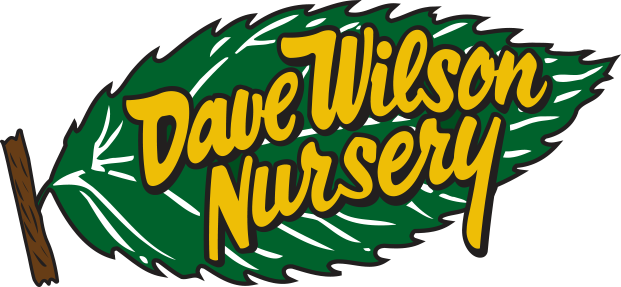We sell our products to retail nurseries, garden centers, container growers who sell to landscape contractors and retail nurseries, mail order nurseries, and anyone else who qualifies. We do not accept direct sales to consumers.
How to prune and reclaim an overgrown, out-of-control fruit tree.
The most important consideration is the tree’s overall height.
Working on a large tree can be a dangerous undertaking. If the tree is taller than 20 feet, or taller than you feel safe on a ladder, or the job is just bigger than you want to take on - call a professional arborist!
The next consideration is the age of the tree.
Working on trees older than 20 years can be a mistake; the results simply might not be worth the time and effort.
Some old trees are beyond their peak productive years and the trauma of a drastic reduction in size could make them more susceptible to other problems. Consult a professional arborist if this is a concern.
If you love the fruit and choose to keep the aging tree, it is essential to maintain its health – the right amount of watering, pruning out diseased limbs, etc. Otherwise, have the tree removed and replace it with a new one, a great-tasting variety of your choice.
Bring the tree down in stages over a three-year period.
The steps to bringing down an overgrown tree begin with analyzing the tree and developing a plan. Look at the total height of the tree and where the canopy begins.
The final heavy pruning cut in the third winter will be at a height equal to where the canopy begins plus the desired height of fruiting canopy.
For example, if your tree is 15 ft. tall, the canopy begins at three feet and you want three feet of fruiting canopy when you’re finished (the recommended minimum), then the cuts in the third winter will be at about six feet. That’s the overall plan.
Begin by reducing the tree height by one-third in the first winter, i.e. by five feet in the above example. This will stimulate limb development below the cuts.
In spring (April-May, or later in cold climates), when the tree is flush with growth, cut just below the winter cuts, removing the uppermost spring flush. This will redirect the growth, stimulating lower limb development.
The following winter, half of the remaining excess canopy height comes off: two more feet in the example. Again, in the spring, the resulting uppermost spring growth is removed. Do not remove limbs that are forming lower in the canopy; these may be used as scaffold limbs.
In the third winter, make a final determination of canopy and tree height, and prune accordingly. If you decide to follow the original plan you remove two more feet to reach the target of six feet.
If the tree is worth saving and you are up to the task, visualizing the process above should give you the confidence to begin.
